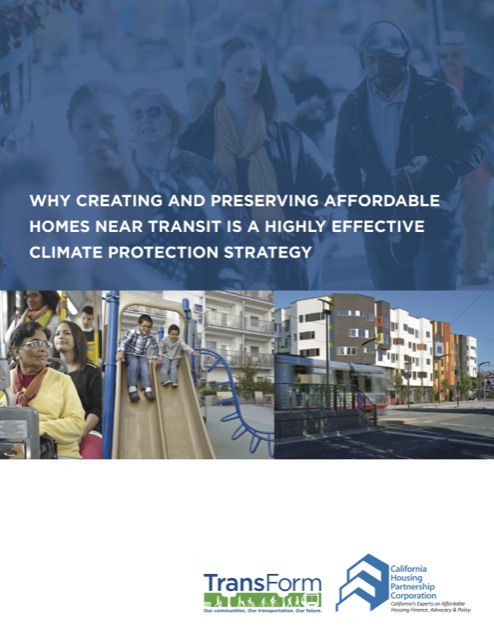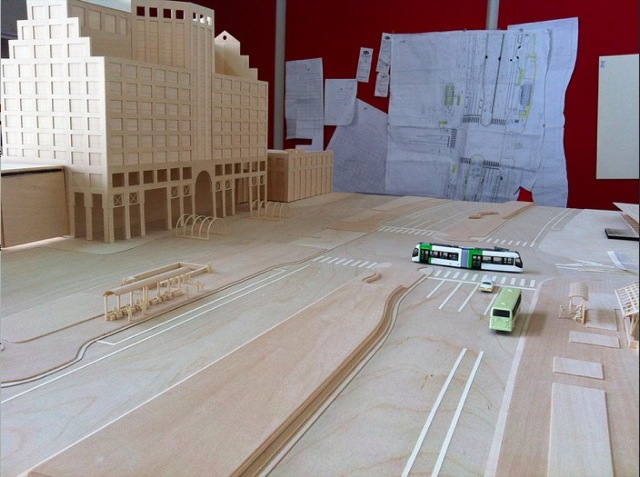Early this month, a Texas judge ruled that developers can proceed with the Ashby high-rise in Houston, but that they have to pay nearby residents $1.2 million for damaging their property values. Planning advocates say this makes the case for zoning, while zoning critics say the damage award will merely encourage NIMBYs.
Developers plan to proceed with construction even as they promise to appeal the damage award. The case has been in court for seven years, damaging Houston’s reputation as a place where developers can easily get permits and build for the market.
Planning advocates should be careful what they wish for. As residents of Vancouver, BC, Portland, Seattle, and the San Francisco Bay Area have learned, zoning can be used to impose high rises and other high-density developments on neighborhoods that didn’t want them just as easily as it can be used to prevent such developments.










